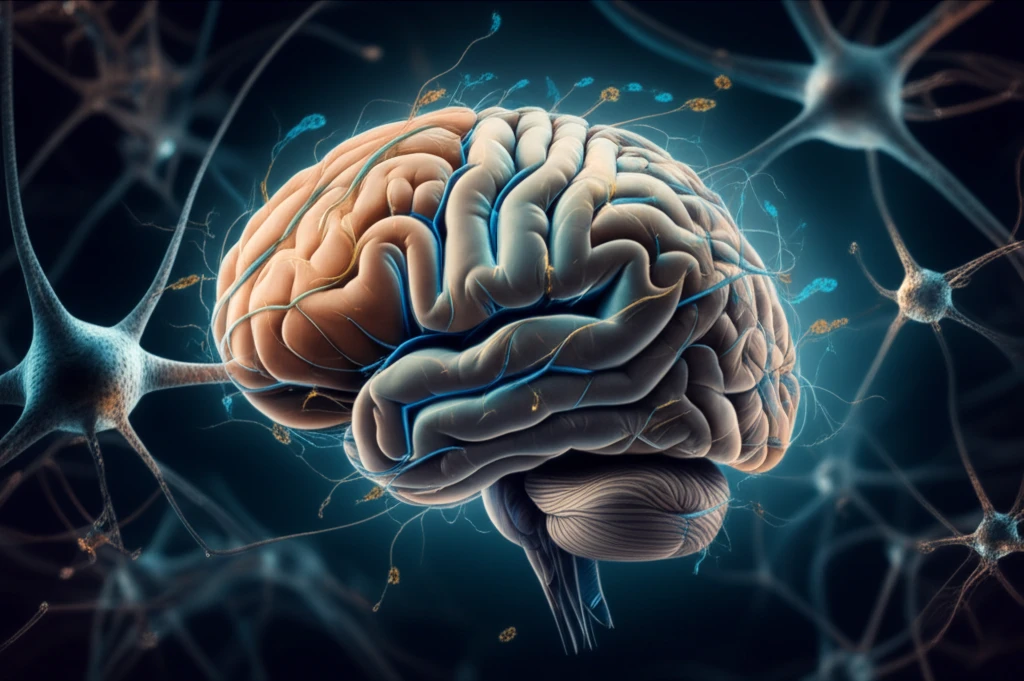
Unlocking Alzheimer's: Can This Enzyme Hold the Key to Prevention?
"New research suggests a vital enzyme, reduced homocysteine-thiolactonase (BLH), may play a significant role in Alzheimer's disease. Could boosting its activity offer a new preventative strategy?"
Alzheimer's disease (AD) is a growing global health crisis, affecting millions and placing immense strain on healthcare systems and families. While significant research efforts are underway, effective preventative measures and treatments remain elusive. One promising area of investigation focuses on the role of homocysteine (Hcy), an amino acid in the blood, and its connection to brain health.
Elevated levels of homocysteine have been identified as a risk factor for AD. However, the relationship is complex. The body has mechanisms to manage Hcy levels, one of which involves an enzyme called bleomycin hydrolase (BLH). BLH has multiple functions, including homocysteine-thiolactonase (HTase) activity. This activity is critical to protect cells, removing a toxic byproduct of Hcy metabolism. This raises a critical question: Could BLH activity influence the development or progression of AD?
Recent research has explored this connection, measuring BLH activity in brain tissue from AD patients and healthy controls. The findings reveal a potential link between reduced BLH activity and AD, opening new avenues for understanding and potentially combating this devastating disease.
The Enzyme Connection: What Does BLH Do in the Brain?

Bleomycin hydrolase (BLH) is a ubiquitous enzyme found in nearly all human tissues, including the brain. It's a thiol-dependent aminopeptidase, which means it relies on sulfur-containing compounds to function and breaks down proteins by cleaving amino acids. While its exact function is still being researched, scientists know BLH plays a vital role in several cellular processes:
- Protein Recycling: BLH participates in the breakdown and recycling of proteins, a fundamental process for maintaining healthy cells.
- Amino Acid Release: In the skin, BLH helps liberate moisturizing amino acids, showcasing its diverse roles across different tissues.
- Amyloid Precursor Processing: Intriguingly, BLH has been shown to interact with the amyloid-beta protein precursor, a key player in Alzheimer's disease, suggesting a direct link to AD pathology.
A Promising Direction for Future Research
This research offers valuable insights into the role of BLH in Alzheimer's disease. The finding that reduced BLH activity correlates with increased N-Hcy-protein suggests a potential target for future therapies. Further studies are needed to confirm these findings in larger populations and to explore the mechanisms by which BLH activity is regulated in the brain. If scientists can find ways to boost BLH activity, it could offer a novel approach to prevent or slow the progression of Alzheimer's disease, bringing hope to millions affected by this devastating condition.
